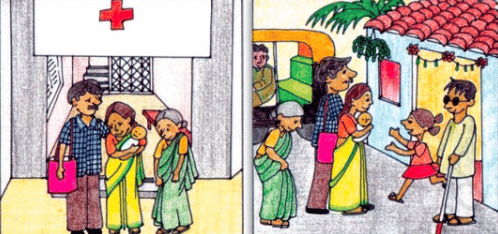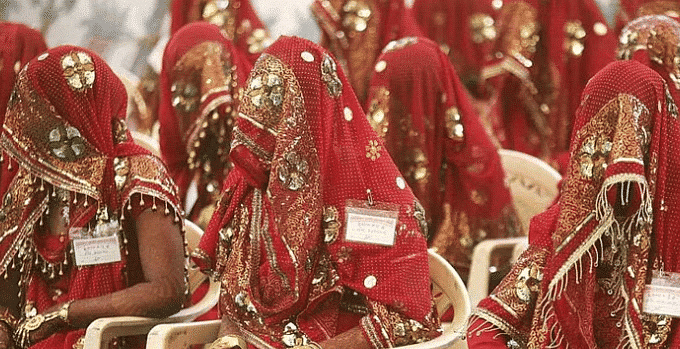Changing Families - 2 Class 4 Worksheet EVS Chapter 9
 Q1: Choose the right word
Q1: Choose the right word
(i) Nimmi had a __________ (brother/sister).
(ii) Nazli’s _________ (cousin/sister) was getting married.
(iii) Tsering’s _________ (father/mother) received a letter.
(iv) __________ (Andhra Pradesh/Karnataka) state organised camps for girls.
(v) _________ (Panchayat/Nimmi) said that girls are not for marriage.
Q2: Unscramble the words
(i) LINAZ
(ii) MMINI
(iii) SERINGT
(iv) ETTERL
(v) ISSERT
Q3: Multiple Choice Questions
(i) How many families did the chapter mention?
(a) One
(b) Two
(c) Three
(d) Four
(ii) From where did Tsering’s father receive the letter?
(a) His office
(b) Post office
(c) Hospital
(d) None of the above
(iii) What is the eligibility for girls to get married?
 (a) At least 15 years old
(a) At least 15 years old
(b) At least 16 years old
(c) At least 17 years old
(d) At least 18 years old.
(iv) Who had a new sister?
(a) Nazli
(b) Nimmi
(c) Tsering
(d) Tsering’s father
(v) Who was getting married in Nazli’s family?
(a) Her brother
(b) Her cousin’s brother
(c) Her sister
(d) Her elder sister
Q4: Short Question Answer
(i) Why was Nimmi’s family happy?
(ii) Who was getting married in Nazli’s family?
(iii) What was the motive of the special camps in Andhra Pradesh?
(iv) Suppose you are witnessing a marriage of a girl who’s below 18 years old. What would you do?
(v) What was the message written in the letter that Tsering’s father received?
(vi) What was the decision made by the panchayat about the marriage of young girls below 18 years old?
(vii) What did Jangamma and Chitti say?
(viii) What are the cultural differences between you and your neighbors? Only write about your neighborhood.
You can find Worksheets Solutions here: Worksheet Solutions: Changing Families - 2
|
52 videos|352 docs|54 tests
|
FAQs on Changing Families - 2 Class 4 Worksheet EVS Chapter 9
| 1. What are the factors contributing to changing family structures? |  |
| 2. How have social norms and values influenced changing family structures? |  |
| 3. What are some economic factors affecting family structures? |  |
| 4. How have gender roles evolved and influenced changing family structures? |  |
| 5. How have advancements in reproductive technologies affected family structures? |  |





















